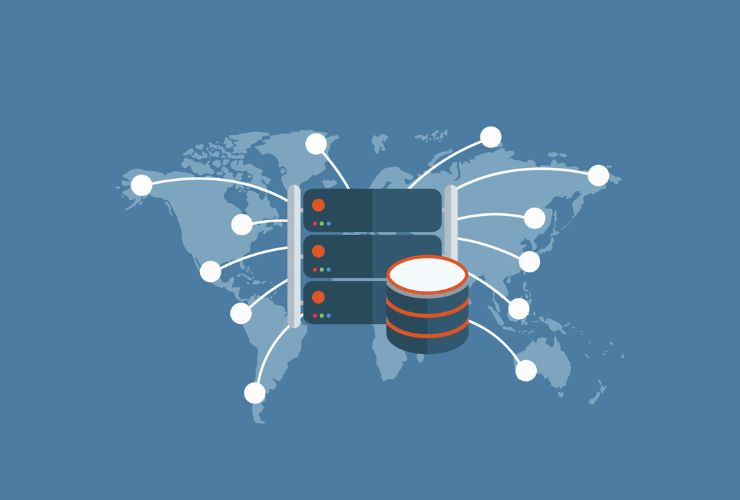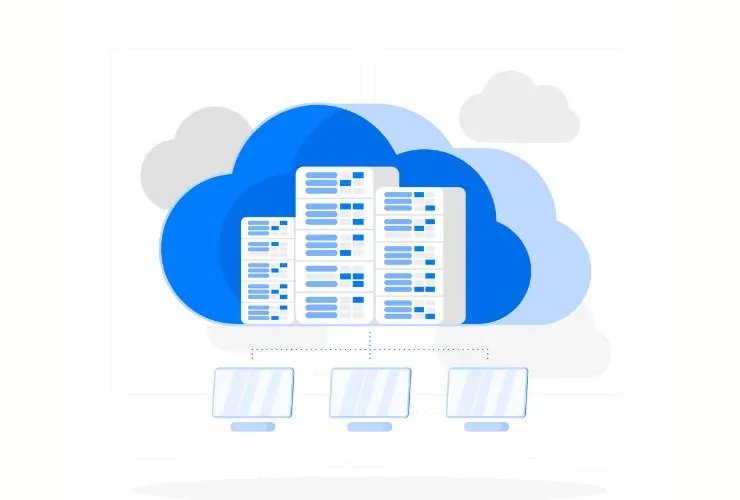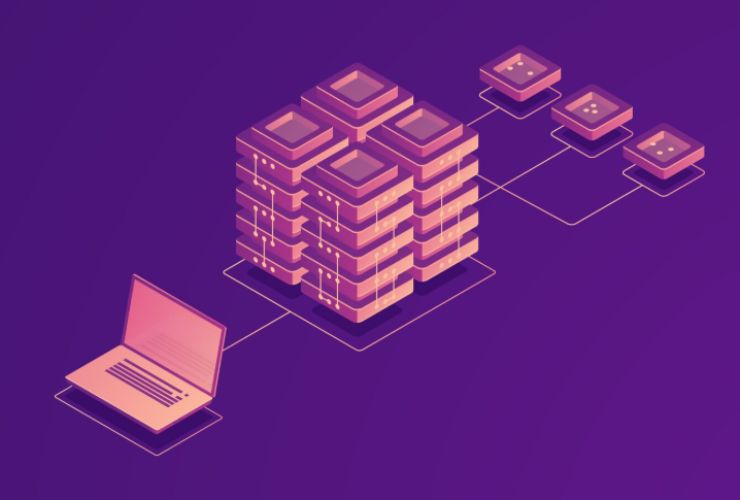Enterprise databases are essential to all vital business functions, applications, analytics, and decision-making. Monitoring is necessary to ensure the High Performance, Application Uptime, and Security of your databases. Without the proper monitoring in place, the risks of downtime, data loss, and business interruption increase exponentially. Databases generate wheelbarrows full of different metrics, logs, and other systems to monitor, and it is important to prioritize what and how you monitor to ensure database health and business continuity.
Proactive monitoring helps organizations catch issues earlier, use resources more efficiently, and ultimately create workflow efficiencies across critical business systems.
1. Database performance metrics
In monitoring performance, it is the first line of defence against slowdowns or potential bottlenecks. When monitoring databases here are a number of key metrics to track:
- CPU & Memory Usage: Excessive usage can indicate inefficient queries, possible memory leaks, or under-provisioned hardware. Proactive monitoring can assist your organization in scaling in a timely manner or addressing possible query optimizations.
- Disk I/O: It is important to monitor disk latencies/logs to track reading/writing latencies, and the throughput to ensure no bottleneck formation during peak workloads.
- Query Performance: Monitor slow running queries, long queries or transactions, and how effective indexes are being utilized. Implementing query profiling will allow you to identify and optimize queries that require excessive time or resource usage.
- Connection Pools: Monitoring active connections will enable you to track and avoid active saturation which could lead to failing transactions or applications becoming slow to respond.
Pro Tip: Set up automated dashboards that reveal trending issues in real-time to proactively mitigate performance degradation.
2. Availability and Uptime
The uptime of your database can significantly affect your business’s ability to function as intended:
- Systems: You need to be able to monitor your CPU and memory availability, your networking, the service status of your database, and overall server health to maintain uptime.
- Replication & Failover: You need to monitor the lag of replication and failover in order to maintain high availability and return to availability quickly when an outage happens.
- Backups: Part of uptime monitoring requires ensuring your backups are running and working by validating all backups have run successfully, are still intact, and that you can restore quickly.
3. Security Monitoring
Databases are home to sensitive data and mission-critical data, so they require security monitoring:
- Login Attempts & Authentication Failures: Unusual or myriad failed login attempts, or other unusual login activity indicate potential attacks that need to be addressed.
- Privilege Changes: Ability to track and/or monitor changes to your users, roles, and privileges in order to prevent or detect unauthorized access.
- Audit Logs: You should monitor, or be able to monitor, the audit logs for unusual or suspicious activity to quell the insider threat, as much as possible, or be able to demonstrate compliance.
4. Storage and Capacity Planning
Monitoring for storage issues is important to allow you to scale up with your database and prevent losing uptime by unexpected service failure:
- Disk Usage: Monitor disk space usage to avoid the full storage scenario!
- Table Size: Unanticipated growth of tables or collections can be fixed by either partitioning tables or archiving collections.
- Index Fragmentation: Spotting fragmented indexes is important to scheduling your optimization to sustain fast query response times.
Pro Tip: Use predictive analytics, or similar, to indicate growth rates and expand requirements for storage proactively before it becomes an issue for you.
5. Alerts and Automation
While monitoring helps ensure systems are working and functioning as intended, it might as well be an unnecessary step if it cannot be acted on. Alerts and automation help turn monitoring and insight into proactive response capabilities:
Threshold Alerts: Create actionable alerts based on performance thresholds for CPU, memory, storage, and query performance.
Anomaly Detection: Use historical trends to identify when anomalies occur that might indicate developing issues.
Automated Remediation: Create scripts or using workflow automation to perform normal or routine fixes like clearing cache, restarting stalled processes, or rebuilding indexes.
Expert Tip: If you haven’t already, consider integration alerts with your messaging channels, or ITSM tool, to deliver immediate visibility, response access and accountability through better observability.
6. Advanced Monitoring Considerations
As enterprise databases become increasingly complex with cloud and hybrid architectures, you may need to add even more monitoring layers:
Cross-platform Monitoring: The growth of NoSQL and other cloud-native data stores is increasing interactions and connections among them. This is an opportunity to understand what is happening holistically and if there are performance impacts.
Multi-region and geo-replicated deployment: This may be particularly important in ensuring your ability to maintain data consistency and availability across distributed locations/regions.
Compliance & Audit-readiness monitoring: New monitoring capabilities should allow you and your teams to monitor permissions configurations, retention policies, and backup compliance with applicable requirements.
Predictive / Preventative maintenance: If you consider new AI-driven monitoring capabilities may allow you to predict some future failure events and deploy new resources prior to actual failure or additional performance degradation.
Expert Tip: In addition to promoting service delivery strategy alignment, thinking about a single monitoring platform to measure performance and security, and compliance with controls may help you understand your entire operation’s overall performance.
How Empirical Edge Can Assist
At Empirical Edge, we deliver comprehensive enterprise database monitoring and services to ensure your systems are functioning as desired and not compromised:
- Real-time SQL, NoSQL, and Cloud Databases monitoring
- Performance tuning and review of queries
- Replication, failover, and backup verification
- Security audits, regulations, and role-based users
- Dashboards, alerts, anomaly detection, and automated remediation
When you work with Empirical Edge, you ensure your enterprise databases are reliable, resilient, and optimized. With our proactive monitoring, we limit unexpected downtime, maintain regulations, and improves database performance levels.
Conclusion
Monitoring enterprise databases effectively requires developing an enterprise monitoring discipline that has visibility of performance, availability, security, and storage metrics. Organizations must do more than just collect data; they must have alerts, perform automation, and conduct proactive analysis to ensure operational excellence.
With expert-level monitoring services, like Empirical Edge offers, you can ensure your databases run smoothly, recover quickly and remain a secure asset to your organization, allowing your focus to be on innovation and growth.














